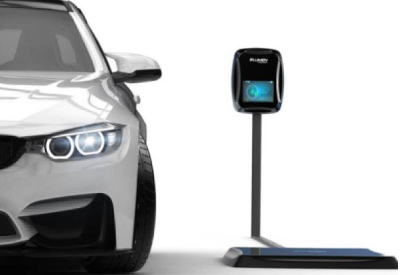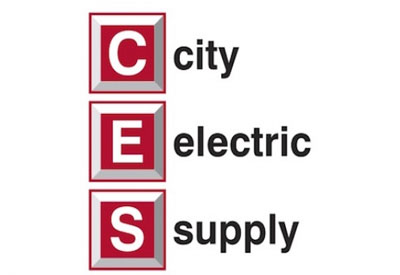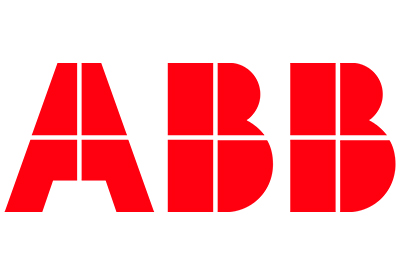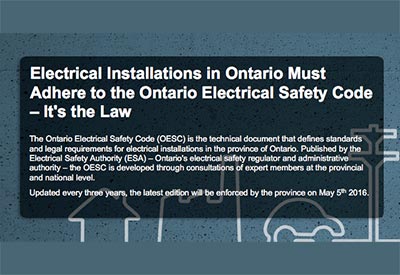Lumen Group Receives UL’s First Wireless Electric Vehicle Charging Certification

May 21, 2020
UL has announced that a wireless electric vehicle (EV) power transfer system has been certified to UL 2750, the Outline Of Investigation For Wireless Power Transfer Equipment For Electric Vehicles.
Lumen Group, an integrator of automotive systems, became the first organization to certify to UL 2750 for their Lumen Freedom wireless power transfer (WPT) system. Lumen Group worked with UL’s engineers and laboratory technicians globally on the safety and performance of the wireless charging equipment including the power source, the ground pad assembly and the attached vehicle assembly, ultimately achieving UL 2750 for its WPT system.
Wireless power transfer is a method of transferring power to an electric vehicle using resonant inductive magnetic coupling between a transmitting ground pad and receiving pad attached to the vehicle that does not require physical contact or wires. The technology was created as an option or replacement of conductive charging by cord. To charge the EV using wireless power transfer, the driver of the EV simply needs to park in the proper location in close proximity to the wireless system without any contact to equipment.
UL 2750 covers wireless power transfer equipment for transferring power to an EV, including:
- the power source for wireless power transfer
- a ground assembly, as a minimum
- the mating vehicle assembly
This equipment is intended to have a maximum rated input voltage to the power source of 600 volts AC, 50 or 60 hertz.
“With EV sales expected to exceed gas powered vehicle sales by 2030, the demand for revolutionary technologies that can be used to recharge electric vehicle batteries, such as wireless power transfer systems, will continue to grow,” said Joseph Bablo, principal engineer manager for Energy Systems and e-Mobility at UL.
Wireless EV technology could in the future be used for opportunistic charging that would allow a vehicle to charge whenever it is stopped, potentially at stop lights, drive throughs or toll booths or traveling the same route. For service vehicles such as buses and delivery trucks opportunistic charging could take the form of specialized parking or stopping locations that allow the vehicle to charge while it is stopped at bus stops or delivery locations. The concept of dynamic wireless power transfer could allow the vehicle to travel over a specialized path that will recharge the vehicle as it drives along that path.
“As the EV market continues to expand, new, innovative technological solutions are pushing the infrastructure to do more and faster than before,” said Jeff Smidt, vice president and general manager, Energy and Power Technologies at UL. “For UL, safety is the foundational element of any successful and sustainable technological deployment and must continue to be actively addressed to support viable technological advancements.”
















